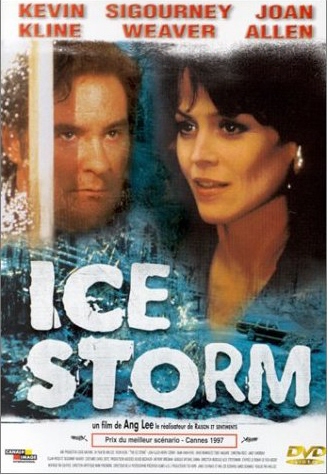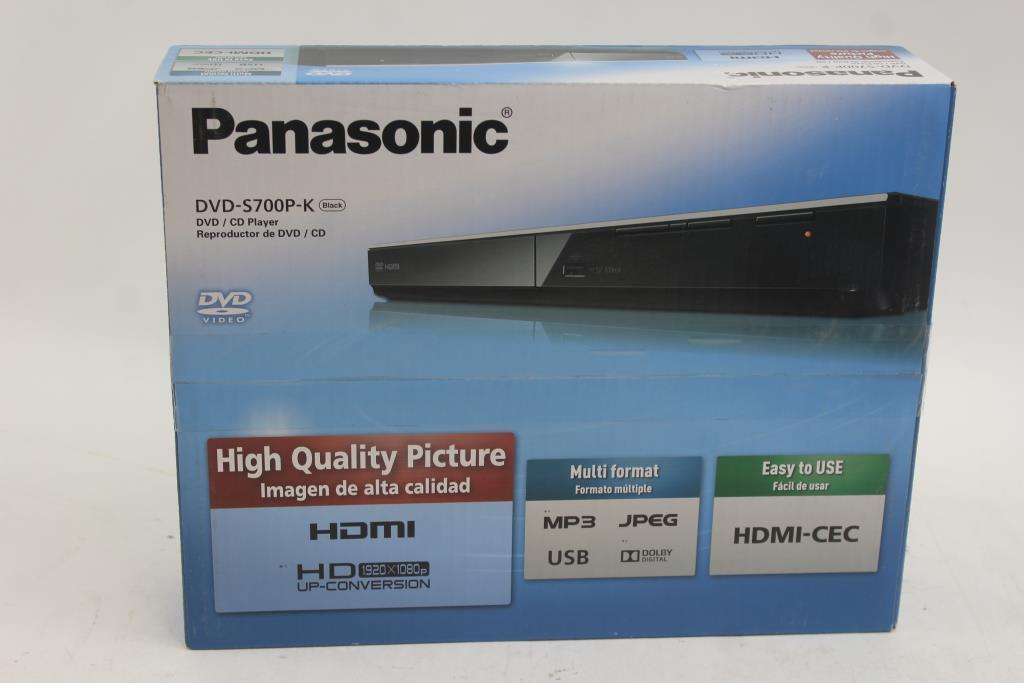

Chief NTSC territories are the US, Canada, countries along the western coast of South America, and parts of the Far East, including Japan.
PAL TO NTSC DVD PLAYERS TV
The vast majority of DVDs worldwide are encoded in either the NTSC or PAL analogue TV system. Much more detailed info can be found via the many links or a quick search. Note that in this article I’ve bypassed a lot of techno-babble in order to get the basic points across as simply as possible.

Many releases have superior transfers, extras and packaging than local editions.Streaming is the future, but not for a long time, for those into older and niche titles.Region locking is often at the insistence of copyright holders and not issuing labels.That is, unless you’ve equipped yourself with multi-region audio/video equipment.Most DVDs and Blu-rays are region-locked and cannot be played in other countries.This cannot be got rid of so far that is why we really recommend to convert between the formats only if you really have to.Blu-ray and DVD Region Codes and Video Standards This does not affect the video too much if it contains scenes with little fast motion, but in case you convert a video with lots of actions the video image will judder producing an unpleasant jerky effect. So AVS Video Converter has to cope with this and it does that by adding an additional frame after each fifth frame - that is, repeating it: A Video conversion programs have nowhere to take these additional frames from. At the same time a second in an NTSC recorded video will feature 30 (29.97 actually but this can be roughly approximated to 30) frames and will look like this: AĪs you can notice, additional 5 frames are added to the video (numbers from 1 to 5). The letters from A to Y (25 of them) represent 25 frames shown within one second of time. So, if you imagine a second of a video in PAL color system, it will look like this: A As is known, the PAL color system uses the 25 frames per second value - it means that within a second exactly 25 frames are shown on the TV screen or computer display when watching video. The frame rate difference is much more complicated and cannot be solved that easily.

AVS Video Converter solves the difference in the image height using the aspect feature - it keeps the video proportional notwithstanding its physical dimensions change. But these two dramatically influence the output video quality. As you can see the two files - input and output - differ in Frame Size (height) and Frame Rate:Īll the other differences produce no trouble to the output video. Now click back to the Conversion Options tab. In case they are not the same, in the Output Video Aspect section of this tab select the aspect exactly the same as it is in the source video (in our case it is 4:3). In the list of Profiles ( Profile field) select one of the preset NTSC profiles.Īfter that click the Advanced > button to change the additional parameters:Ĭlick the Aspect Correction tab and make sure that the Aspect of the input video is equal to that of the output video: After you have selected the video input file, click the To DVD button placed on the Formats tab of the Main Toolbar to burn a DVD or save video in DVD format on the PC:


 0 kommentar(er)
0 kommentar(er)
